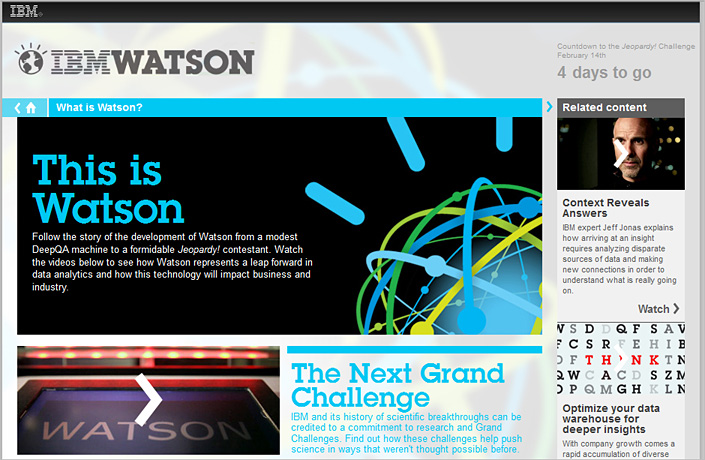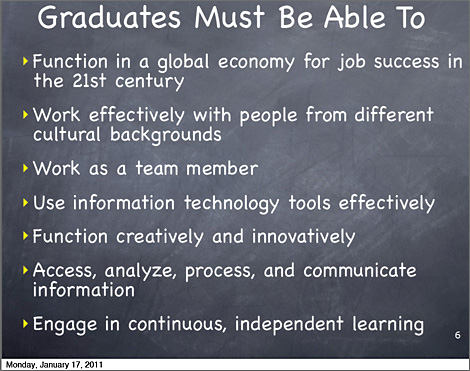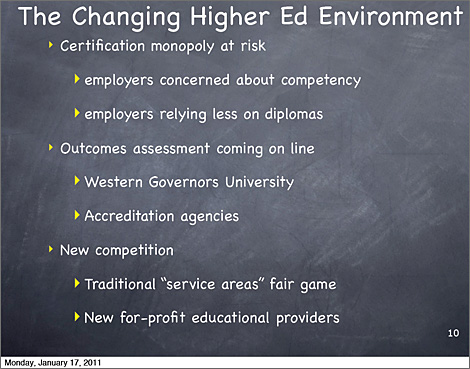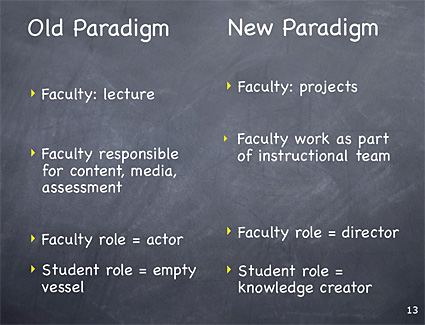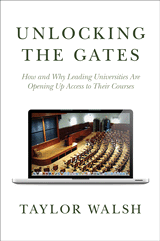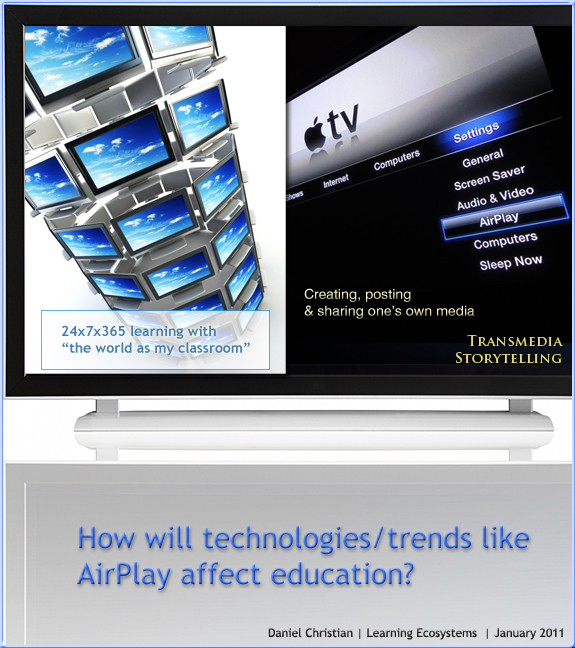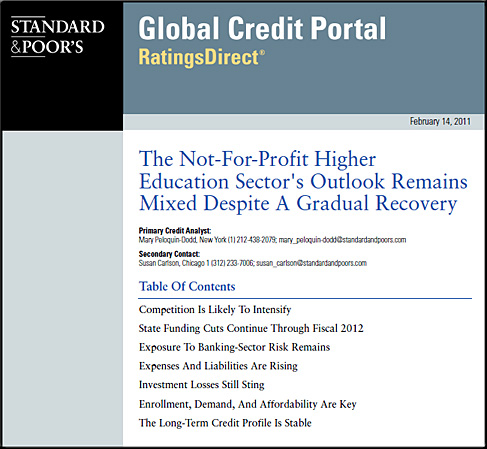
Overview:
- While the short-term rating outlook is mixed, the sector’s long-term credit profile is stable.
- Operating results for 2011 will likely be uneven despite the economy’s recovery.
- We expect an equal number of upgrades and downgrades in 2011.
- Key challenges include growing competition, state funding cuts, higher expenses and liabilities and continued tuition and scholarship pressures.
The outlook remains mixed for the not-for-profit U.S. higher education sector in fiscal 2011, according to Standard & Poor’s Ratings Services. We believe that operating results and demand will likely be uneven, and institutions with high debt and limited liquidity could experience severe stress. Still, we believe that the long-term credit profile of many rated institutions remains stable, and that many institutions will perform favorably over the next year.
As a whole, Standard & Poor’s does not expect public universities to underperform private universities despite likely cuts in state funding. However, we may see some public colleges and universities consider consolidation or consider mergers with their peers.
We believe that the credit performance of not-for-profit colleges and universities generally remains tied to an institution’s financial resources, demand, and management, rather than industry risk. Therefore, we expect overall credit trends to be mixed for the balance of 2011, with small pockets of distress and larger pockets of strength.
— originally saw this via Academic Impressions e-newsletter










